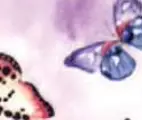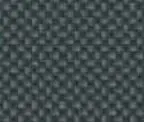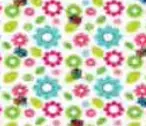Yes. We believe for the best holistic care for an animal starts with a vet or animal health care professional referral stating the medical condition needing to be managed.
We have worked with a range of animals over the years. All of the devices we make are custom made, which allows a lot of scope and possibilities. We have worked with; sheep, goats, dogs, cats, chicken, goose, kangaroo, penguin
Step 1.
Organise an initial appointment once you have a referral for your pet. The initial appointment is to assess your pet’s presenting condition and associated concerns, the biomechanics involved and desired goals.
We usually move forward to the casting/impression process at that appointment.
Step 2.
Fabrication of the device
Step 3.
Fitting appointment with Animal Tech to fit and educate use of the device
Step 4.
Reviews and modifications as needed
Step 5.
Ongoing reviews, servicing, part replacement as required
Learn more about our Prosthetic/Orthotic Management Process.
Yes, pressure sores are a risk when introducing a rigid orthosis or prosthesis to an animals limb. We reduce this by custom making each device to match the animal’s anatomy. We use medical grade foam lining for cushioning.
We encourage ongoing review appointments to manage the fit and use of the custom device over the lifetime of the device’s use.
Yes we offer a range of colour options
Please refer to our colour range here:













A custom device can take 2-4 weeks to fabricate depending on complexity, materials and appointment availability.
Expedited service may be possible at an additional fee.
No. We recommend regular washing and wiping of the device with a mild soap and warm water. Keep the Velcro clean and close the Velcro when not in use.
Yes! Our devices can be worn in water to support the limb. It is sometimes required to use the brace in the underwater treadmill.
It is not recommended to use the devices in salt water due to some metal components.
We recommend the brace to be rinsed with fresh water and towel dried. It is not recommended to leave on the leg wet. Don’t use heat to dry the brace.